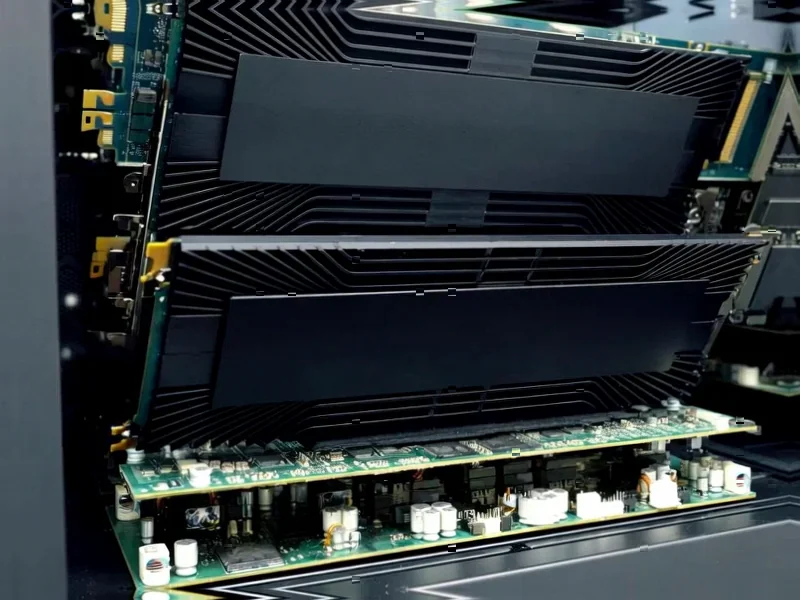According to Wired, Romanian director Radu Jude is deploying artificial intelligence as a central creative tool in his upcoming three-hour film “Dracula,” which opens in theaters October 29. The film follows a filmmaker character played by Adonis Tanta who, lacking inspiration, feeds prompts to an AI app that generates the various short films comprising the actual movie. Jude previously won the Golden Bear at the Berlin International Film Festival in 2021 for “Bad Luck Banging or Loony Porn” and continued exploring post-pandemic alienation in 2023’s “Do Not Expect Too Much From the End of the World.” His latest project uses AI not despite its “gross and slimy” qualities but because of them, creating vignettes that include pornographic stage productions and Dracula as a maniacal tech boss overseeing blood-soaked workplaces. This provocative approach represents Jude’s continued challenge to his audience’s expectations.
Table of Contents
AI as an Aesthetic Weapon
What makes Jude’s approach particularly significant is his rejection of AI’s typical commercial applications. While most filmmakers might use AI for clean VFX, seamless de-aging, or polished post-production, Jude appears to be weaponizing the technology’s inherent imperfections. The “gross and slimy” quality he references likely speaks to AI’s current limitations in generating coherent narratives and anatomically correct forms—precisely the unsettling characteristics that could serve his artistic vision. This represents a radical departure from how major studios are approaching AI, where the goal is often to make artificial intelligence invisible rather than foreground its disturbing qualities. By embracing AI’s uncanny valley effects, Jude transforms technological limitation into artistic statement.
Romanian Cinematic Context
Radu Jude operates within the rich tradition of Romanian New Wave cinema, which has historically focused on social realism and political critique. His turn toward AI-generated content represents a fascinating evolution for a cinematic movement known for its gritty authenticity. Where earlier Romanian films documented the post-communist transition with handheld cameras and natural lighting, Jude is now documenting digital alienation through the lens of AI itself. This positions him not just as a national filmmaker but as someone capturing the specific anxieties of Romania as it navigates its place in global digital culture—a country simultaneously on “the margins of Europe” yet fully immersed in internet culture.
Provocation as Practice
Jude’s filmography demonstrates a consistent interest in pushing boundaries, from the explicit sexual content in “Bad Luck Banging or Loony Porn” to his critique of digital labor in “Do Not Expect Too Much From the End of the World.” His use of AI continues this tradition of provocation, but with a crucial difference: where previous films used documentary techniques to capture reality, Dracula uses AI to generate unreality. This shift suggests Jude sees artificial intelligence not as a tool for efficiency but as a medium for exploring contemporary anxieties about authenticity, creativity, and human agency in the digital age.
Industry Implications
Jude’s approach offers a crucial counter-narrative to the dominant discourse around AI in filmmaking. While studios focus on cost-cutting and efficiency, independent filmmakers might follow Jude’s lead in using AI for its expressive potential rather than its practical benefits. The technology’s current limitations—its tendency toward grotesquery, its misunderstanding of context, its algorithmic biases—could become features rather than bugs in arthouse cinema. This could create a new aesthetic language for low-budget filmmaking, where AI’s imperfections serve thematic purposes rather than being obstacles to overcome. However, this approach also raises ethical questions about using AI to generate potentially disturbing content without human creative oversight.
Critical Reception Challenges
The film’s three-hour runtime and experimental structure will likely test even Jude’s most dedicated followers. Festival audiences accustomed to challenging cinema may find the AI-generated content particularly polarizing, especially given its combination of violence and explicit material. The critical conversation will likely focus less on whether the film “works” in conventional terms and more on what it says about creativity in the age of automation. Jude risks alienating viewers who see AI as inherently antithetical to artistic expression, while potentially attracting new audiences interested in technology’s role in cultural production. The film’s commercial prospects are uncertain, but its cultural impact could be significant in shaping how we think about human-AI collaboration in the arts.



